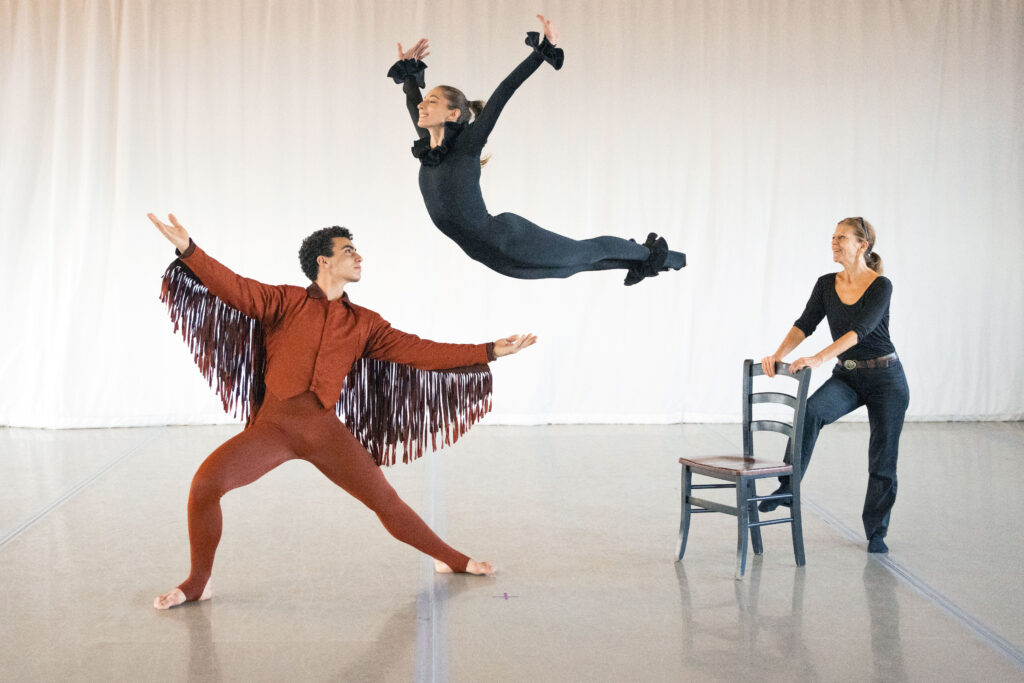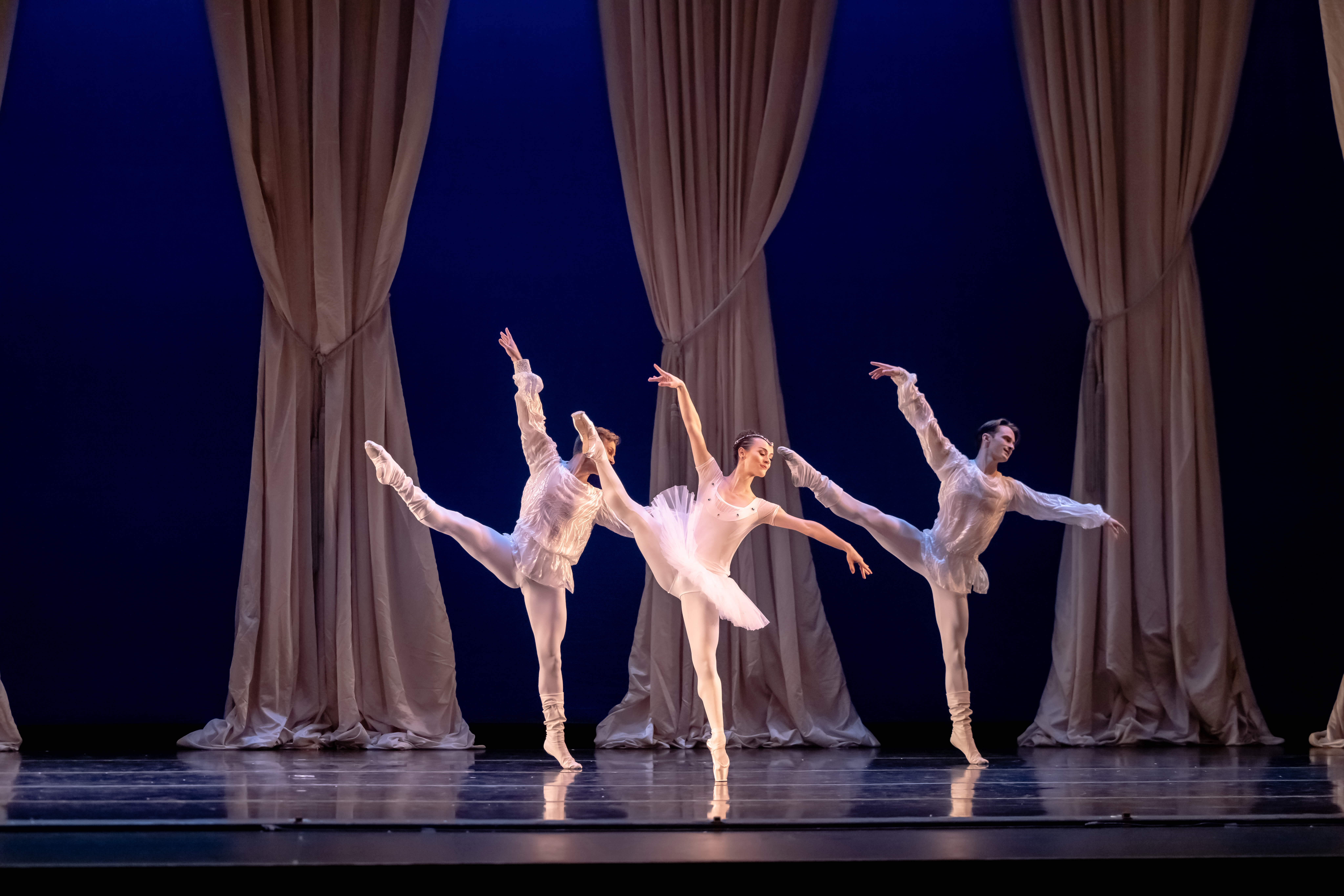What to Consider Before Auditioning for a Potential Employer
There are a lot of decisions to make during audition season—and many factors to consider about each potential job beyond whether the dance style is a good fit. Even if you’re sure a choreographer or company is perfect for you, it’s smart to do some additional research before the audition. Going in prepared can help you land on your feet.
The Nuts and Bolts
If you get the job, how much will it pay? “Some small companies offer salaries that are barely above the poverty line,” says Boston Ballet dancer Courtney Nitting. “Consider, if you take a contract, will you need a second job? Do you want to live with a roommate? Will you be able to save any money for your future?” It’s also worth finding out whether the contract includes benefits such as health insurance or perks like shoes and access to physical therapy.
Your financial line in the sand might be different than someone else’s—and it might shift as you mature. When you’re starting out, you might find value in working for exposure and connections. Still, be wary of being taken advantage of. “Taking a job shouldn’t feel like sacrificing your worth or your body,” says theater dancer Caylie Rose Newcom, who most recently worked as assistant dance captain and swing for Radio City’s Christmas Spectacular.
On that note, consider each gig’s time commitment. How many performances or weeks are included in the contract? Will you do community outreach as well as main-stage productions? How many days a week will you be dancing? Will you tour?
Some of this may depend on whether a job is union or nonunion. “A union company provides more benefits and protections,” says Virginie Mécène, director of Graham 2. “There are rules the management must follow about hours, travel, and benefits.” Nonunion gigs, on the other hand, may offer more flexibility. For example, Mécène recalls touring with Battery Dance Company and being able to book extra performances on the fly. “That couldn’t happen in a union company,” she says. “Everything must be organized in advance.”
The People Factor
It’s normal for a show or company to experience dancer turnover—but is there such a thing as too much turnover? “Nowadays, dancers don’t tend to stay in one place as long as they used to,” Mécène observes, “but if there are a lot of people leaving a job at the same time or quite quickly, that’s something to investigate.” Auditioning for an organization that doesn’t retain dancers can be a risky proposition.
The same goes for turnover within the administration. One director change can be a breath of fresh air, but multiple changes in only a few years can signal problems. Plus, “if you audition for a company and they get a new director, you might not be the type of dancer they’re looking to change the company to,” Nitting says. Gabrielle Collins, a dancer with Smuin Contemporary Ballet, adds that with a new director, “the current dancers are also auditioning to keep their place in the company,” which can make the environment feel both competitive and unstable.
What should you look for, in terms of the people you’ll be working with? Nitting likes seeing a mix of older, more experienced performers and new professionals. “That shows that there’s room for growth,” she explains. It’s also important to have higher-ups that listen and care. “It’s not a good sign if you don’t feel comfortable speaking openly with the director or choreographer about something you need,” says freelance performer Ida Saki, whose credits include Bob Fosse’s DANCIN’ on Broadway. “It’s important to be in a room with good people.”

The Intangibles
To get a sense of what it would be like to work under a director or choreographer before you audition, try to join them for an open or master class. “See how they lead the room,” Newcom says. “There have been times I’ve taken a class with someone, and that experience told me whether I’d want to do a whole show with them.” For concert dancers, this might mean doing an intensive, or asking to take company class or observe a rehearsal.
Call on your network in the dance community for insider information. “You probably have a friend of a friend in a company—and if you don’t, you can reach out to people on social media,” Collins says. Getting personal anecdotes about a job or director can help you narrow down your list of auditions.
And remember: What’s right for someone else may not be right for you. “My partner is a dancer,” Saki says, “and what he wants is a solid, steady, yearlong contract. I want to be diversified in my work. I want to fit as much as I can into each year. Everybody’s different!” Give your own wants and needs a lot of thought before showing up in the audition room, and you’ll stand a stronger chance of landing a job where you’ll thrive.
Warning Signs
How can you tell a company is experiencing financial strain? Look for these potential red flags before you audition:
- Fewer performances scheduled than last year
- Less (or no) touring planned this year
- Layoffs within the organization (dancers and/or staff)
- Facilities are outdated or in need of repair
- Cutbacks on perks such as free shoes and physical therapy




